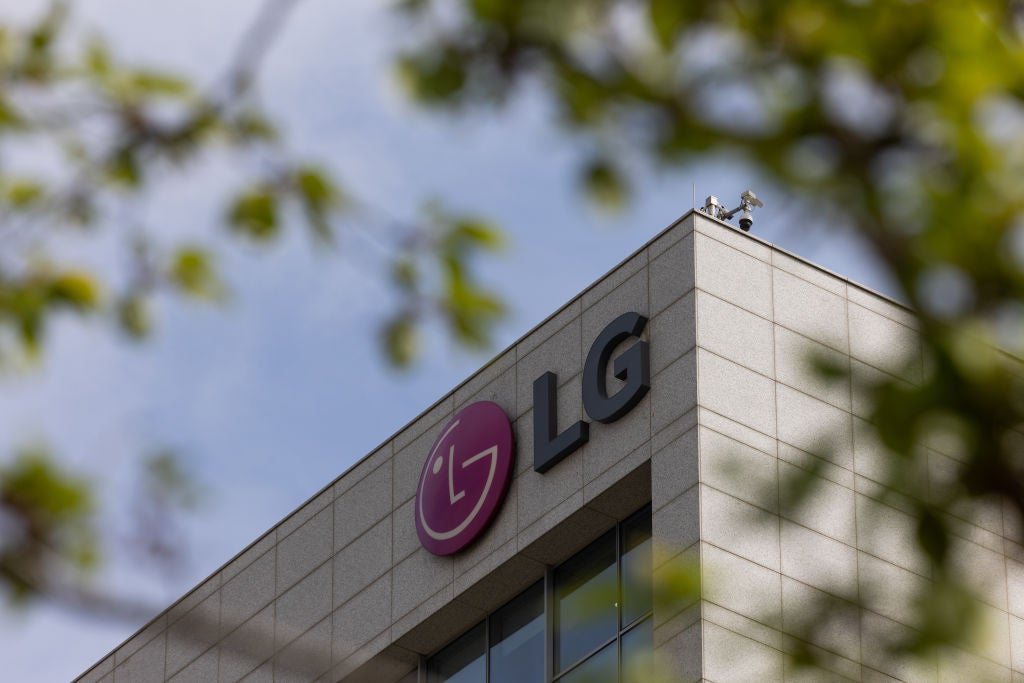Canon had 22 patents in 3D printing during Q3 2023. The first patent is for a dental prosthesis fabrication system that obtains three-dimensional shape and color information of a tooth, generates corresponding data, and forms a dental prosthesis based on the data.
The second patent is for a photocurable resin composition for three-dimensional modeling, which includes specific compounds and particles to achieve desired properties and curing.
The third patent is for a shaping device that produces a layered body by applying liquids to bind and control the flow of powder, allowing for precise formation of regions in the powder layer. GlobalData’s report on Canon gives a 360-degreee view of the company including its patenting strategy. Buy the report here.
Canon grant share with 3D printing as a theme is 50% in Q3 2023. Grant share is based on the ratio of number of grants to total number of patents.
Recent Patents
Application: Dental prosthesis fabrication system, dental prosthesis fabrication method, dental prosthesis coloring method, dental prosthesis coloring system, and program (Patent ID: US20230255732A1)
The patent filed by Canon Inc. describes a dental prosthesis fabrication system that includes various components for creating and coloring dental prostheses. The system comprises an intraoral information obtaining unit that collects three-dimensional shape information and color information of a tooth. This data is then used by a data generation unit to generate three-dimensional shape data and color data of the tooth. A forming unit is responsible for creating the dental prosthesis based on the three-dimensional shape data, while a coloring unit applies color to the surface of the prosthesis based on the color data.
The patent also includes several claims that provide additional details and variations of the dental prosthesis fabrication system. These claims cover different methods of forming the dental prosthesis, such as additive manufacturing, sintering or melting a raw material, or cutting and grinding a base material. The claims also mention the use of ceramic or resin materials for the prosthesis.
The coloring unit in the system can apply color to the prosthesis based on various factors, including the brightness data of the tooth, neighboring teeth, or corresponding teeth. It can also use predicted appearance data obtained from outside the patient's oral cavity to determine the color application. Additionally, the system includes a display unit that shows multiple color candidates for the prosthesis, allowing the user to select the desired color.
The patent also describes a dental prosthesis fabrication method that follows a similar process to the system. It involves obtaining shape and color information of the tooth, generating shape and color data based on this information, forming the prosthesis, and applying color to its surface.
Furthermore, the patent includes a non-transitory computer-readable medium that stores a program for a forming apparatus to create the prosthesis using the shape data and a coloring apparatus to apply color using the color data. The program also includes a lookup table to link color data to the coloring material.
Overall, the patent filed by Canon Inc. presents a dental prosthesis fabrication system and method that utilizes three-dimensional shape and color information to create and color dental prostheses. The system offers various options for forming the prosthesis and applying color, providing flexibility and customization for dental professionals.
To know more about GlobalData’s detailed insights on Canon, buy the report here.
Data Insights
From

The gold standard of business intelligence.
Blending expert knowledge with cutting-edge technology, GlobalData’s unrivalled proprietary data will enable you to decode what’s happening in your market. You can make better informed decisions and gain a future-proof advantage over your competitors.






